Six years after Russia illegally annexed Crimea, Ukraine lacks the leverage to restore sovereignty over the region, but the West should not accept it since doing so would only encourage Russia to believe it can get away with annexing territory from other countries, argues Steven Pifer. This post originally appeared on the Stanford CISAC’s website.
March 18 marks the sixth anniversary of Russia’s illegal annexation of Crimea. Attention now focuses on the Russian-Ukrainian conflict in Donbas, a conflict that has taken some 14,000 lives, but Moscow’s seizure of Crimea — the biggest land-grab in Europe since World War II — has arguably done as much or more damage to Europe’s post-Cold War security order.
Ukraine lacks the leverage to restore sovereignty over Crimea, at least for the foreseeable future. But that does not mean the West should accept it. Doing so might only encourage the Kremlin to believe that taking the territory of other countries is an action that it can get away with.
Crimea’s Illegal Annexation
Ukraine’s Maidan Revolution ended in late February 2014, when President Victor Yanukovych fled Kyiv — later to turn up in Russia — and the Rada (Ukraine’s parliament) appointed an acting president and acting prime minister to take charge. They made clear their intention to draw Ukraine closer to Europe by signing an association agreement with the European Union.
Almost immediately thereafter, armed men began occupying key facilities and checkpoints on the Crimean peninsula. Clearly professional soldiers by the way they handled themselves and their weapons, they wore Russian combat fatigues but with no identifying insignia. Ukrainians called them “little green men.” President Vladimir Putin at first flatly denied these were Russian soldiers, only to later admit that they were and award commendations to their commanders.
The sizeable Ukrainian military presence in Crimea stayed in garrison. If shooting began, Kyiv wanted the world to see the Russians fire first. Ukraine’s Western partners urged Kyiv not to take precipitate action. Since many enlisted personnel in the Ukrainian ranks came from Crimea, Ukrainian commanders probably had less than full confidence in the reliability of their troops.
Things moved quickly. By early March, Russian troops had secured the entire peninsula. On March 6, the Crimean Supreme Council voted to ask to accede to Russia. The council scheduled a referendum for March 16, which offered two choices: join Russia or return to Crimea’s 1992 constitution, which gave the peninsula significant autonomy. Those who favored Crimea remaining part of Ukraine under the current constitution had no box to check.
The conduct of the referendum proved chaotic and took place absent any credible international observers. Local authorities reported a turnout of 83 percent, with 96.7 percent voting to join Russia. The numbers seemed implausible, given that ethnic Ukrainians and Crimean Tatars accounted for almost 40 percent of the peninsula’s population. (Two months later, a leaked report from the Russian president’s Human Rights Council put turnout at only 30 percent, with about half of those voting to join Russia.)
On March 18, Crimean and Russian officials signed the Treaty of Accession of the Republic of Crimea to Russia. Putin ratified the treaty three days later.
Russian Claims
Moscow maintains a historical claim to Crimea. The Russians colonized Crimea during the reign of Catherine the Great, and they founded Sevastopol — the peninsula’s main port and largest city — to be the homeport for the Russian Black Sea Fleet. Following the establishment of the Soviet Union, Crimea was a part of the Russian Soviet Federative Socialist Republic until 1954, when it was transferred administratively to the Ukrainian Soviet Socialist Republic.
It is also true that Crimea in 2014 had an ethnic Russian majority of about 60 percent — the only part of Ukraine where ethnic Russians constituted the majority. But it is equally true that, when the Soviet Union collapsed in December 1991, the resulting independent states recognized one another in their then-existing borders. Russia’s seizure of Crimea from Ukraine violated, among other agreements, the UN Charter, the 1975 Helsinki Final Act, the 1994 Budapest Memorandum of Security Assurances for Ukraine and the 1997 Treaty on Friendship, Cooperation and Partnership between Ukraine and Russia.
Moscow expressed concern about the fate of ethnic Russians in Crimea, but no evidence showed any threat to them. The Russian government justified the referendum and annexation as an act of self-determination, though it appears that well less than half of the Crimean population actually voted to join Russia. In any case, the Kremlin applies the principle of self-determination selectively; Moscow responded to the desire of Chechens for independence from Russia after the Soviet collapse with two bloody conflicts.
It appears that domestic politics provided one motive behind Putin’s decision to seize Crimea. He returned to the presidency in 2012 with an economic situation much weaker than during his first two terms as president (2000-2008). Instead of being able to cite economic growth and rising living standards, he based much of his reelection appeal on Russian nationalism. Seizing Crimea in a quick and relatively bloodless operation proved very popular with the Russian public. Putin’s approval rating climbed accordingly.
Crimea Today and Looking Forward
Crimea has undergone significant changes over the past six years. A large number of ethnic Ukrainians and Crimean Tatars — some put the total at 140,000 — have left the peninsula since 2014. Crimean Tatars complain of intimidation and oppression as one reason for moving. During the same period, some 250,000 people have moved from Russia to Crimea (Crimean Tatar leaders claim the influx is much larger). The inflow has included troops and sailors, as the Kremlin has bolstered the Russian military presence on the peninsula, deploying new submarines, surface combatants and combat aircraft among other things.
The economic picture is mixed. Trying to create a success story, Moscow has poured in more than $10 billion in direct subsidies as well as funding major construction and infrastructure projects, such as the highway and railroad bridges that now cross the Kerch Strait to link Crimea directly to Russia. On the other hand, small business has suffered, particularly with the decline in tourism, which once accounted for about one quarter of Crimea’s economy. Crimea also remains subject to a variety of Western economic and other sanctions. It is probably fair to say that the reality of the economic situation today falls short of what many in Crimea expected, or hoped for, with Russia’s annexation.
The ongoing Russian-Ukrainian conflict in Donbas has pushed Crimea to the back pages, with Kyiv understandably focusing on trying to end that fighting, which claims the lives of Ukrainian soldiers on almost a weekly basis. Still, while Donbas has meant far more dead than Crimea, Crimea’s seizure arguably has done as much, if not more, damage to the European security order. A key premise of the 1975 Helsinki Final Act and subsequent documents was that state borders should be inviolable and not changed by force; Russia’s actions in 2014 shredded that principle. That has caused unease among Russia’s other neighbors.
The Ukrainian government maintains that it will get Crimea back. Analytically, it is difficult to see how Kyiv can muster the political, diplomatic, economic and military leverage needed to do so. Perhaps the one possibility would be if Ukraine were to achieve dramatic success in growing its economy, both in absolute terms and relative to the Russian economy, to the point where Crimeans calculated that their living standards would be better off as part of Ukraine. Moscow would likely fiercely resist that — just ask the Chechens — and, in any case, Ukraine’s economy has a long way to go.
Even if Crimea’s return appears implausible in the near term, the United States and Europe should continue to support Kyiv’s position, maintain Crimea-related sanctions on Russia, and hold to the policy of non-recognition of Crimea’s annexation. Moscow should pay some price for its use of military force to seize the peninsula. That’s the right thing to do for Ukraine, for the European security order, and for dissuading the Kremlin from trying land grabs elsewhere.
The West also should remember the case of the Baltic states. For five decades, the United States and other European countries refused to recognize their incorporation into the Soviet Union. For most of that time, the Baltics regaining independence seemed implausible…until it happened.
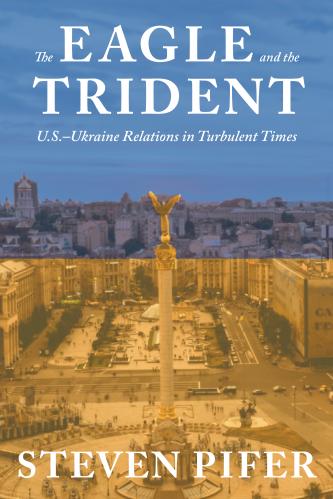
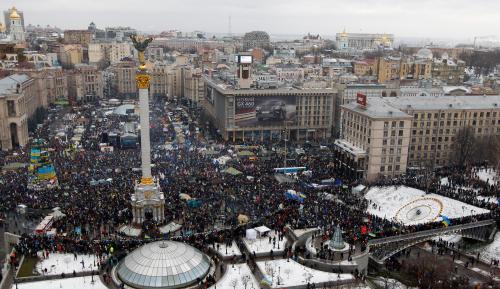
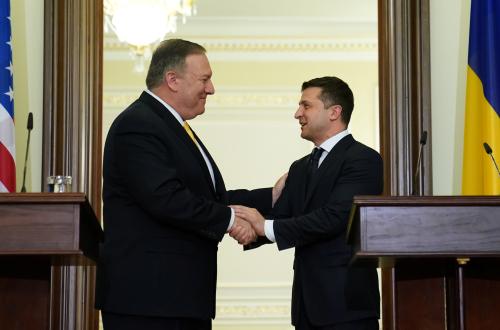
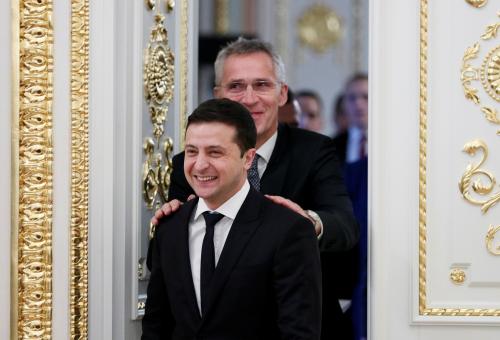

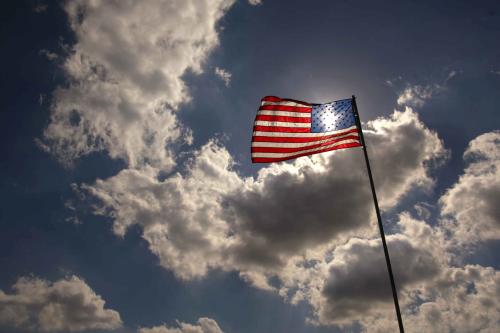
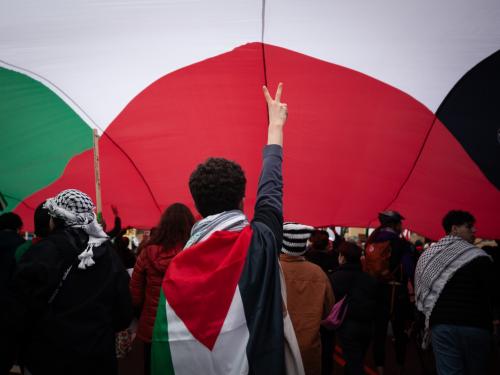
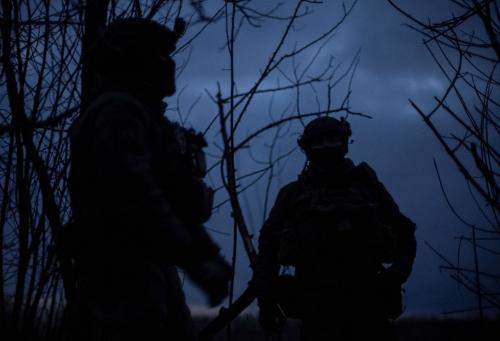
Commentary
Crimea: Six years after illegal annexation
March 17, 2020